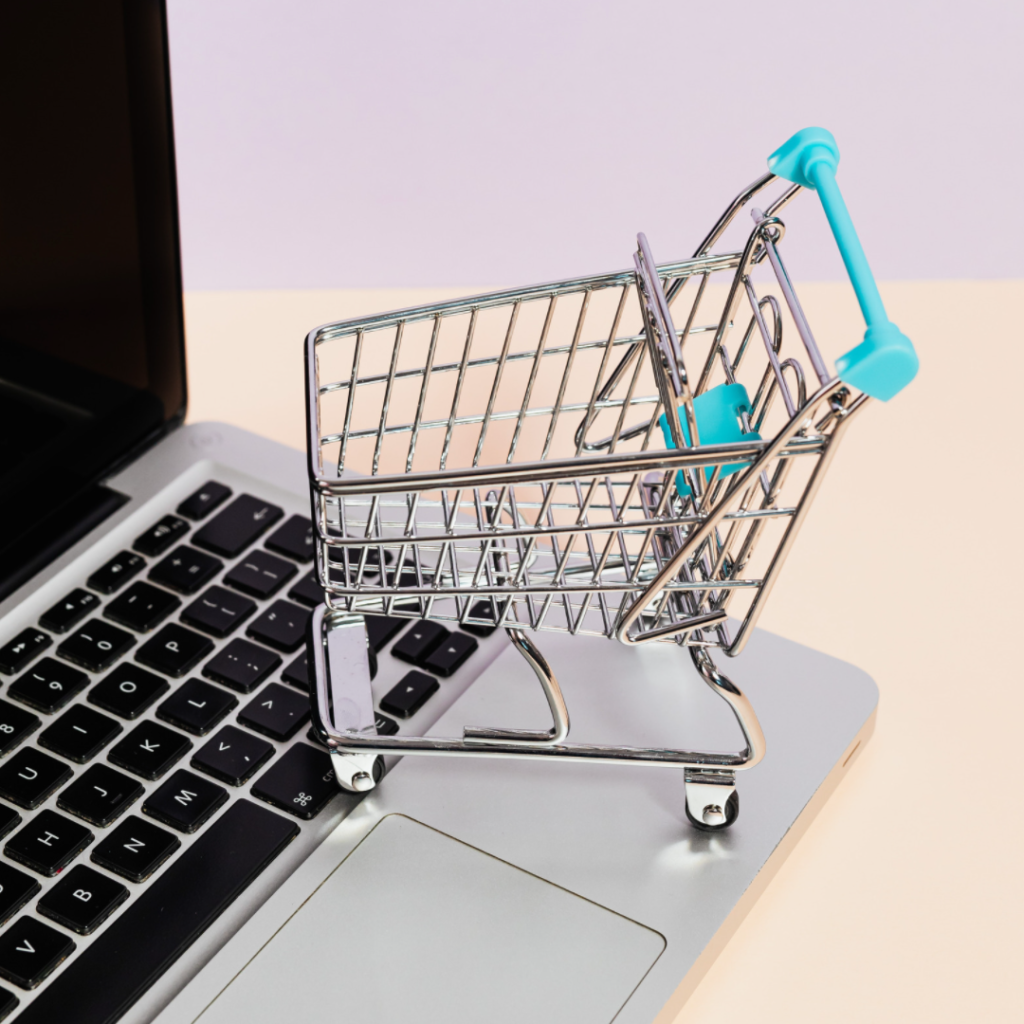
Ah, sales. You can’t have a business without it and yet, many business owners despise it. What type of person are you when it comes to selling and – perhaps even more importantly – how can you learn to love sales?
Sales is a fundamental activity for your business success
First, we have to acknowledge that sales is an incredibly important activity in any business. Without it, you literally don’t have a business. As many people have said before me, if you’re not making sales in your business, you’ve got an expensive hobby. In order to have a business, you need revenue coming into it – and without sales, that just won’t happen. Sure, you might have some word-of-mouth and referral traffic, but even then, particularly when it comes to services, there is still a good chance you’ll have to get on a call to pitch your services and close the sale. And, something to be aware of is that referral traffic may dry up eventually, so you always want to be able to generate your own sales so that you’re not dependent on an outside source for it.
So… what do you do if you’re not the amazing salesperson you want to be?
Let’s look at the three types of salespeople that exist
Type #1: The Believer
This type of salesperson loves to sell because they believe in their product/service and they want to serve as many people as possible
Type #2: The Anti-Salesman
This type of salesperson hates to sell because they’re repulsed by the idea of being salesy
Type #3: The Snow-to-Eskimos Salesperson
This type of salesperson wants to sell their products/services to whoever will listen, no matter whether they’re a good fit or not
What type of salesperson is The Believer?
If you happen to be a Believer, then hats off to you, keep doing what you’re doing. The reason why the Believer sells so easily is because of their perspective on why they’re selling. They focus on serving rather than selling. They understand that when someone purchases their product or service, they receive something that they have been wanting or needing. If you like to think of things in terms of push and pull, they don’t push their products to their customers, they allow their products to be pulled by their customers. This is easier said than done, but we’ll get into some key principles in just a little bit. But before that…
What type of salesperson is The Anti-Salesman?
If you relate to this type of salesperson, you definitely feel resistance to selling, and most likely equate selling to being “salesy”. You don’t see a middle ground, and likely just put your offer out there and tell yourself that if someone wants it, they’ll buy it. But the issue with this perspective is that very often, we intend to purchase something but we get distracted, or we need to feel better about the purchase, or we have questions that haven’t been answered, or a whole host of other reasons that get in the way.
What type of salesperson is The Snow-to-Eskimos Salesperson?
You hopefully don’t really relate to this type of salesperson, but it’s likely that you are repulsed by the idea that you could be perceived as this type of salesperson. If this sounds like you, then you’re The Anti-Salesman above, but let’s explore this type of salesperson, too, and dive into the persona of the salesperson you don’t want to become. The Snow-to-Eskimos Salesperson is on a mission to sell their product or service to anyone. This is the pushy salesperson with the morally questionable tactics. You shouldn’t want to be this type of salesperson. And the good news is that you don’t have to be! You can conduct sales activities without becoming a Snow-to-Eskimos Salesperson.
The question, therefore, is: how can you feel good about selling?
That is, essentially how you’ll learn to love sales, right?
- Remind yourself that you’re not taking anything away from your customers. You’re not forcing anyone to buy. You are simply offering your product or service – which they have decided they want – in exchange for money. Break it down like this and you’ll soon start seeing this as the fair exchange that it is.
- Have a way to gauge interest and ask those who’re interested to “raise their hand”. You don’t want to be The Snow-to-Eskimos Salesperson, so make sure that whoever you’re selling to is genuinely interested. There are so many ways to do this: you can host a free event (on a topic that relates to your product/service) and ask people to sign up, you can invite people to a discovery call (if you’re a service provider), you can sell via your own channels (social media and email) giving those who aren’t interested the opportunity to unfollow or unsubscribe or you can open up a waitlist or pre-sale as part of a campaign. There are probably plenty of other ideas too, but these are some to get your creative juices started.
- Learn more about peoples’ buying habits. More often than not, we need to be reminded of something several times before we actually hit the purchase button. This is true even of things we already know we’re going to buy. It’s not about convincing someone to purchase. It’s about providing them with multiple opportunities to make the purchase. Study your own purchasing behaviors – and those of the people around you. And then remind yourself of these behaviors when the time comes to sell.
- Understand – deeply – how your product or service benefits your customer. If you understand this, you’ll be able to explain clearly, concisely and with conviction, why someone should purchase your product or service. And this changes the conversation from being a situation in which you feel like you’re trying to sell something to someone to a situation in which you’re able to demonstrate empathy and provide a solution to someone. It’s a very different energy.
- Lastly, build a relationship before selling. Create marketing content that speaks to your ideal customers. Connect with them via comments and DMs on social media. Set up free events that they can attend to become better acquainted with your products and services. Have a website and social media accounts that provide the information your ideal customers are looking for. Selling in the 5th or 10th encounter with your target customer is much easier than selling in your 1st or 2nd encounter. Create a community or a customer journey that your ideal customer goes through before you ask for the sale.
Learn to love sales: The Conclusion
Essentially, everyone can learn to love sales. I truly believe that. It’s a skill and a change in mindset, and if you’re not there yet, follow the 5 steps above and you’ll see a shift in your sales. After all, you have something to share with the world, and the more people you get it to, the bigger the impact you’ll make. This is about more than just you and the discomfort you currently feel about selling. It’s about serving and creating an impact in the world.
Did this article help change your perspective? Share it with others who might need the same!


